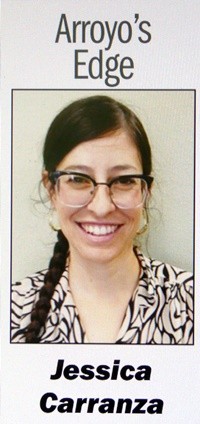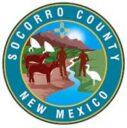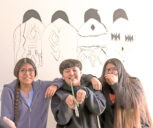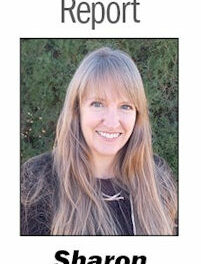
Hispanic, unlike the term Latino, it unites people on their relationship to the Spanish idioma. You can be Latino and not Hispanic and Hispanic but not Latino. ¿Me sigues?
Déjame explicar, Latino is reserved for people from Latin American countries. Por ejemplo, someone from Brazil who speaks Portuguese is Latino and not Hispanic. Someone from Spain es un hispano, pero no es latino.
Though the terms Hispanic and Latino are often used interchangeably, technically one is about language and the other geographical location. To make things más complicado the term Latino was originally used for Italians. Then there are different versions of Latino such as Latnix and Latine, but that always starts an argument so let’s save it for día del pavo ¿Está bien?
Back to the No Sabo Kids. If you haven’t heard of this movement it was born out of the loss of the Spanish language among the Hispanic population in the United States. El termino, no sabo, is the grammatically incorrect way to say no sé or I don’t know. Many No Sabo Kids poke fun at themselves while also reclaiming their Hispanic heritage and shedding the shame of not knowing Spanish fluently.
In New Mexico la perdida de español is seen clearly through the generations, those who still speak the language will comment about la tristeza que se sienten that their children and grandchildren didn’t learn. El tema común is that Spanish has been left behind out of survival and assimilation.
It wasn’t very long ago that educators were convinced that learning two languages at once was harmful for students. Nos dijeron that it was more important to learn English, better yet if we could learn English sin un acento we were on a clear path to success. For many generations it was common practice that you would be hit or face other horrible consequences for speaking Spanish at school.
In high school and in my early years in college I would take Spanish classes for an easy “A”. El chiste was on me because I always ended up with Spanish teachers from España and they were not impressed with my vocabulary. Cheech sumed it up the best , “Mexican Americans love education so they go to night school and they take Spanish and get a B!” How was I supposed to know parquear, carpeta, y rentar, was Spanglish? It made me doubt my abilities. That is a place where shame grows, ni de aqui, ni de alla.
It’s taken me several years after those experiences to realize that linguistical variation among hispanos is not only fascinating but beautiful. I think it’s important that we recognized that under the Hispanic umbrella there are so many colorful, charming and diverse cultures and thus our language variations reflect that. Within just New Mexico from up north in Taos to Las Cruces down south our Spanish varies significantly. We may share the same language but within our regional influences we’ve made it our own. Just like how we have our variety of foods, traditions and music, nuestra lengua is specific to our communities.
The differences in el ritmo and pacing of our words, las expresiones, pitches and vocabulary, that is what makes us unique. Whether you say mitote or chisme, mija o hita, parquear o estacionar, sigue sin pena. Someone is always going to think their language is superior to yours, so don’t worry about it and embrace your linguistic roots.





















